Savin Couëlle was born in Aix-en-Provence, France in 1929. He studied architecture at the National School of Fine Arts in Paris. After school he spent seven years in Madrid designing film sets. In 1962 he helped his architect father, Jacque renovate the Hotel Cala di Volpe in Costa Smeralda, Sardinia, Italy. Savin has maintained a home and work base in Porto Cervo, Sardinia since 1962, although he travels and works worldwide, he has yet to be commissioned to build a home in the U.S. www.couelle.com
The Architecture Of Savin Couëlle

Savin Couëlle.
Juniper beams reinforce the ceiling.
Villa Karim, Sardinia. www.couelle.com

Savin Couëlle. Villa Karim, Sardinia.
immobiliarelerosemarine.com

Villa due Mari, Costa Smeralda, Sardinia.
Villa dei Due Mari beautifully integrates with the natural landscape, and appears as though it has always belonged. The home is made primarily from native stone, juniper trunks and clay.

Savin Couëlle.
Staircase with organic ballisters.

Savin Couëlle.
Down House, New Zealand.

Circular stair by Savin Couëlle.
www.couelle.com
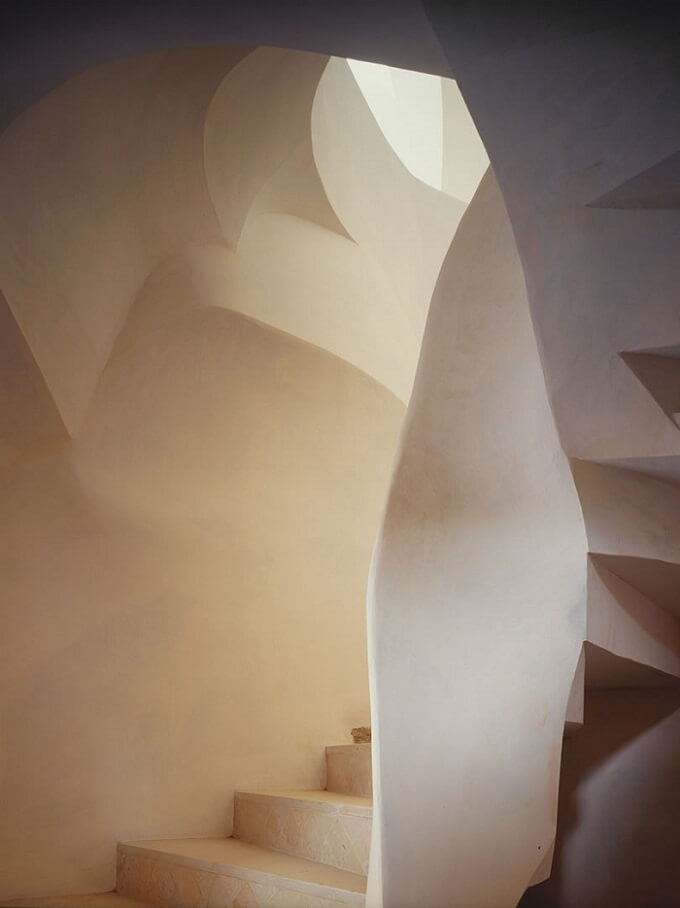
Circular stair by Savin Couëlle.
www.tizianocanu.it
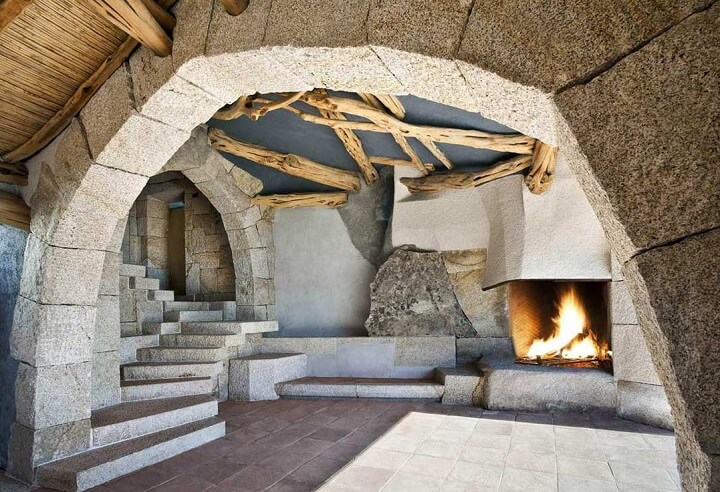
Geometric stone stairs, blue painted ceiling with log beams. Savin Couëlle.
www.couelle.com

Savin Couëlle.
Integrated banquet.
www.couelle.com

Savin Couëlle often integrates boulders into interior benches.
www.couelle.com
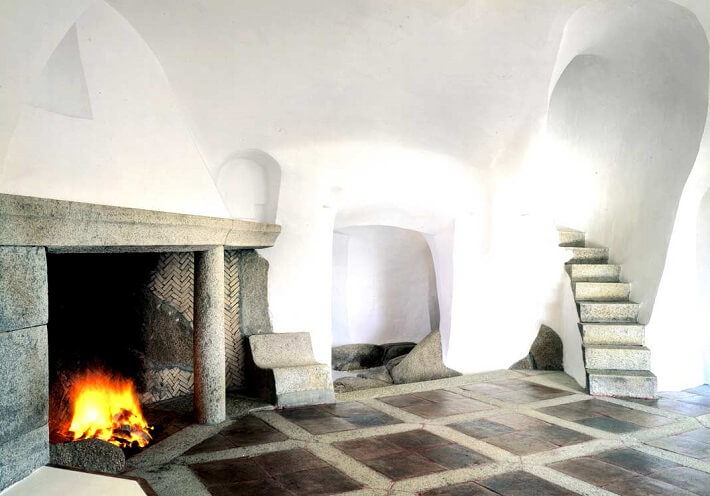
Savin Couëlle.
www.couelle.com

Savin Couëlle, Sardinia.
architecturaldigest.com

Savin Couëlle, Villa in Porto Cervo, Sardinia.
Natural reeds cover the plaster ceiling.
costasmeraldaagency.it

Villa due Mari, Costa Smeralda, Sardinia.
Another reed and log ceiling.
For rent: immobilsarda.com

Outdoor stone banquets.
Sardinia.

Savin Couelle. House constructed of and among the rocky shoreline of Cavallo Island, France. Photo by Kodiak Greenwood. richardolsen.org

Savin Couëlle. Cavallo Island, France.
www.couelle.com

Savin Couëlle. Cavallo Island, France.
www.couelle.com

Ville Arzachena.
Slate roof and stone walls.
Olbia-Tempio, Porto Cervo, Sardinia.
www.couelle.com
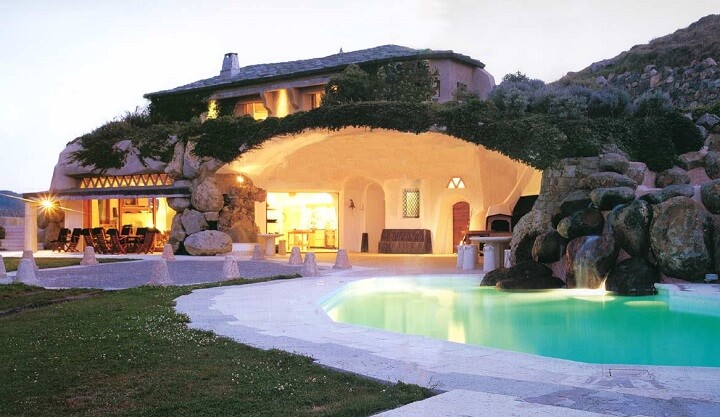
Savin Couelle designed two villas on Great Mercury Island in New Zealand, the Up House and the Down House. This is the Down House. A fine example of Savin’s mastery of the interrelationship between exterior and interior. “I have craftspeople whom I have trained over the years, who follow me around the world to help me realize the shapes I draw.” Savin’s crafts people also train local artisan/builders. globalblackbook.com

Villa in Costa Smeralda, Sardinia.
Image: richardolsen.org

Love those lintels!
Villa in Pevero Golf, Sardinia, Italy.
costasmeraldaagency.it

Sardinia’s Costa Smeralda. The house was built in the 1960s by architect Savin Couëlle. “The heart of the house,” Couëlle says is the twenty-foot-high living room, with its off-center vaulted ceiling and three large arched windows. A recent owner has painted the house pink. architecturaldigest.com

This is the home of Savin’s father, self-taught architect Jacques Couëlle near Porto Cervo, Costa Smeralda. torredellestelle.com

Carved stone staircase by Savin Couëlle.
www.couelle.com

Savin Couëlle On His Work
“Respecting the place, the culture of the area in which I build are the foundations of my work… Innovation always comes from tradition: on the contrary, I am convinced that tradition is the soul of creativity which, by its nature, always has a strong innovative component. For this reason, in every place where I realize projects, I try to put myself completely in the environment, in particular by factoring in two aspects: the essence of the materials and the professionalism of those who work it. Walking through the world, to observe, I consider the most important activity for my training and for my expressiveness, more than any academy or school of thought. ”
“Architecture has a language essentially material: compared to other forms of expression and captures matter even before the form. The latter establishes an ongoing dialogue with the stone, wood, concrete and any other surface. The architect’s palette is made of matter, which is also the most natural form of expression. Today we tend too much to enclose the fantasy dominated by the fear of making mistakes, of being criticized, not to satisfy their clients. But more often than not the opposite is true: it is the creativity, it is the courage to dare, to express their personality that is appreciated. For me, creativity is essentially personality. Willingness and ability to express themselves, to not hide behind protective barriers or cages: I like to play around. Each project is a new challenge. Bearing in mind, however, that the architecture can not only be aesthetic, but creates places to live. The architecture is the most complete realization of humanistic philosophy.”
There are those who will judge my work as very imaginative and highly intellectual, the result of some kind of processing. The truth is exactly the opposite: I work with great spontaneity. The development of a project, once interpreted, the context and selected materials, is born in a natural way. Creating a completely new building means above all to deal with the ground, assimilate the demands, needs and limitations. Restructure and reassess instead resembles the game of chess: move the pieces according to a logic where each choice will affect all the others. Yet even in this case you can not be completely dominated by the story or events: we can and we must follow their instincts, to express themselves. Often a historic building needs to recover its true soul more than a form.” tracce.morettispa.it
Savin featured in Architectural Digest: architecturaldigest.com
New York Times, 1965, Ada Louise Huxtable wrote an article on Couëlle. Must pay for access to article.
Film featuring some of his father’s homes: britishpathe.com












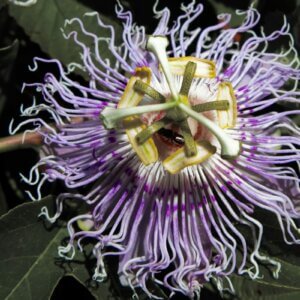
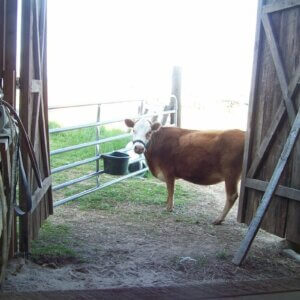




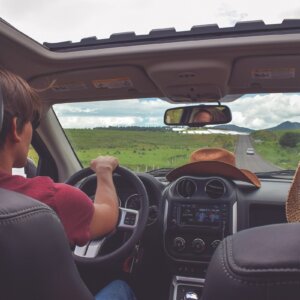



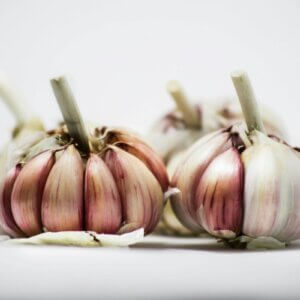


















LOVE YOUR DESIGN AND INGENUITY
Its si beautiful……amazingly